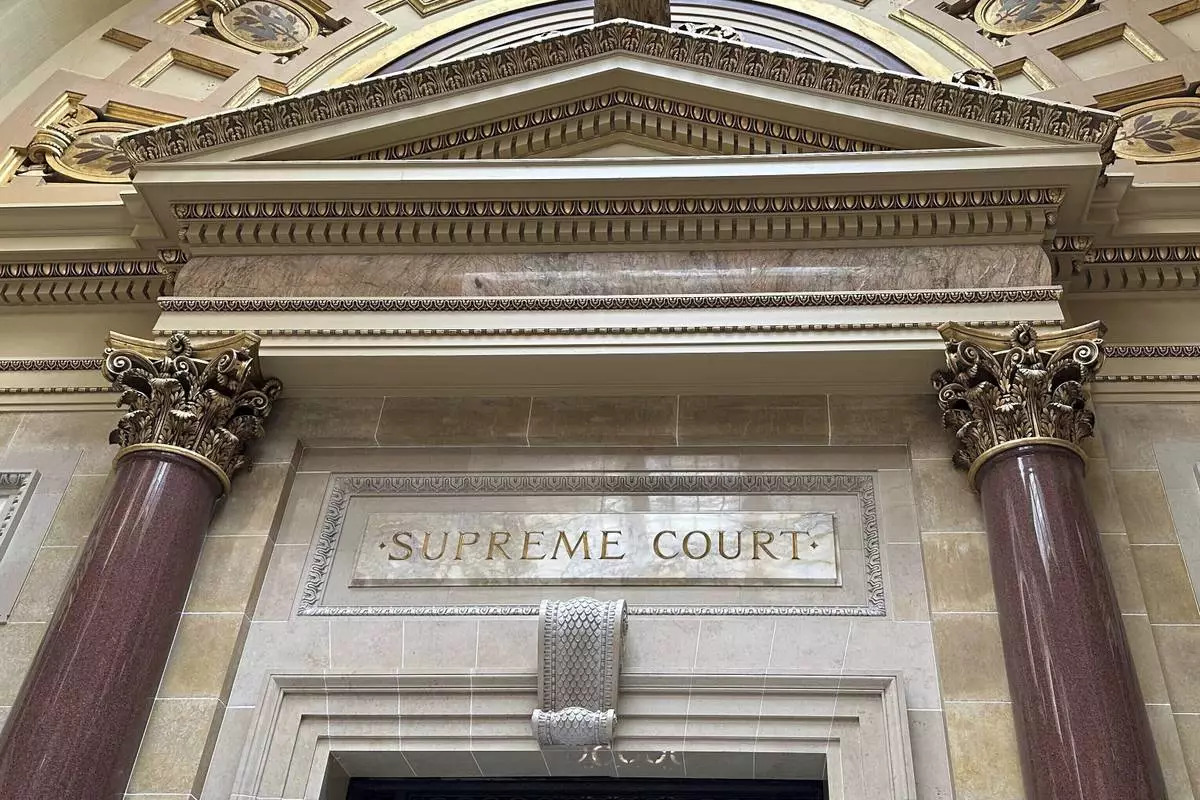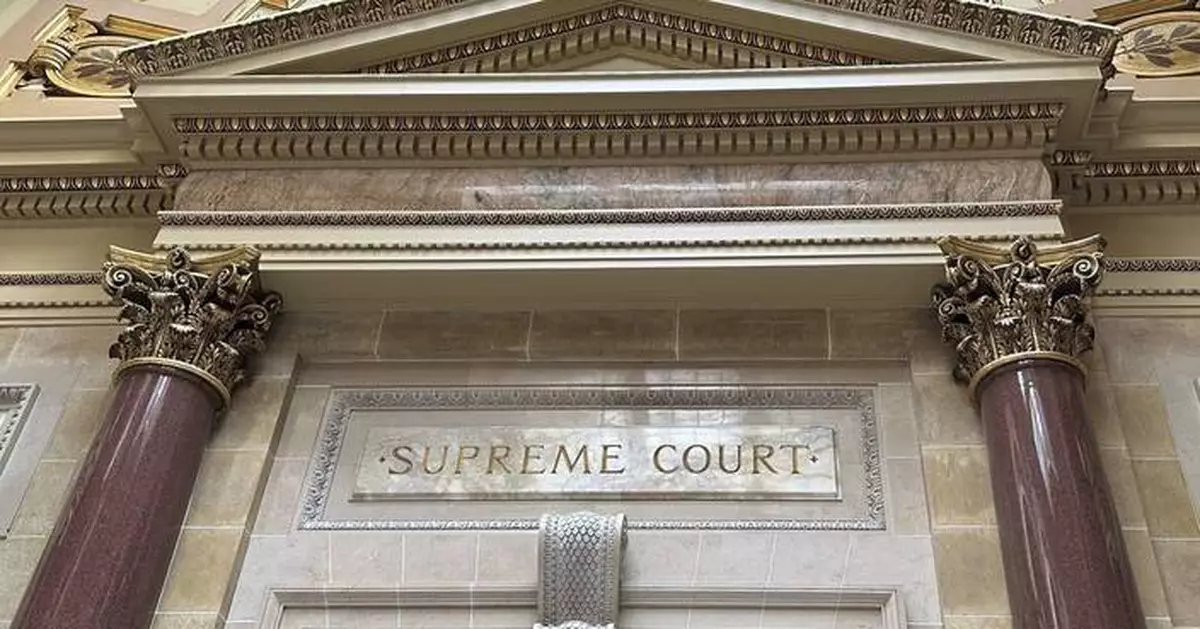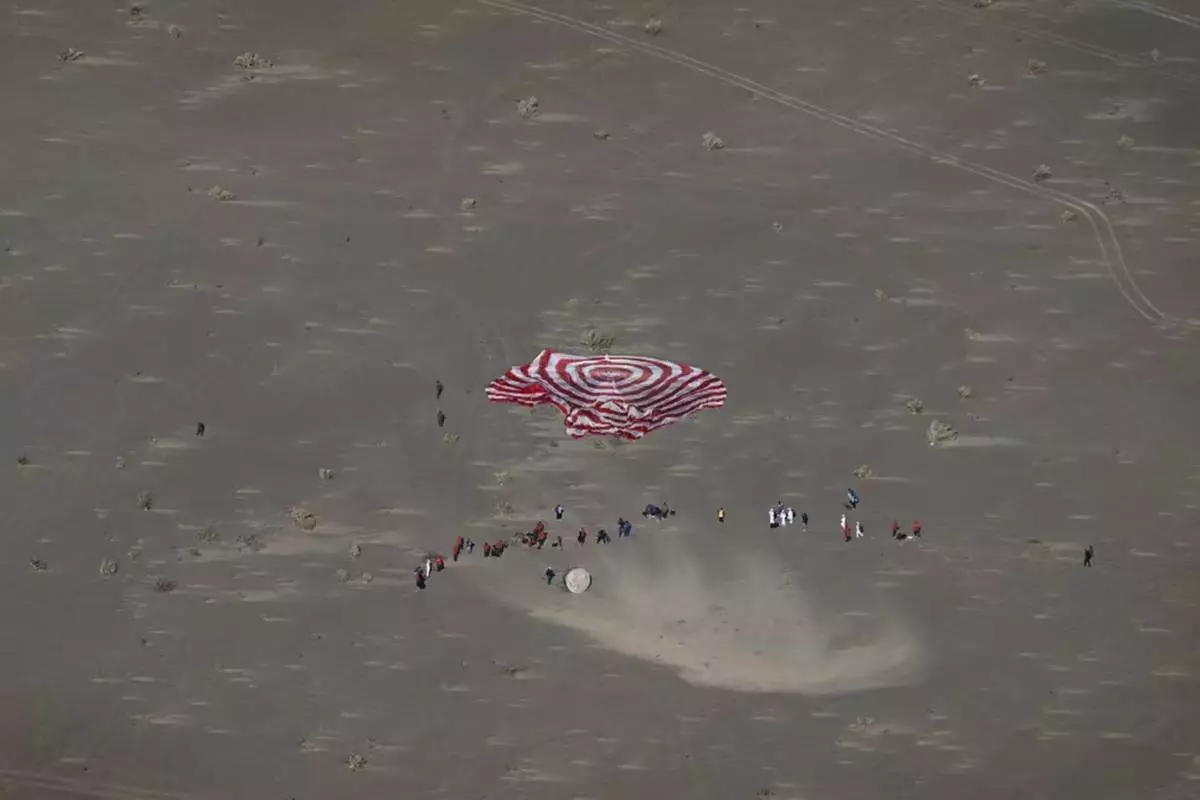MADISON, Wis. (AP) — Wisconsin Supreme Court justices questioned Wednesday how much power legislative committees should wield, in a case that Democratic Gov. Tony Evers brought against the Republican-controlled Legislature and that could have a major impact on how state government functions.
A ruling in favor of Evers would upend decades-old practices in the Legislature and make it easier to approve projects in a land stewardship program. But justices echoed concerns raised by Republicans that the case could have far broader impacts on the separation of power between the executive and legislative branches.
Siding with Evers would “overturn how our state government has functioned for almost a century," Misha Tseytlin, a lawyer for the Legislature, told the court.
But liberal Justice Jill Karofsky, in deflecting arguments that the court should not overturn such established practices, said “Maybe they’ve been wrong for the last century and we shouldn’t double down on how wrong this is.”
Evers argues that the Legislature’s powerful budget-writing Joint Finance Committee, which is controlled 12-4 by Republicans, is exceeding its constitutional lawmaking authority and effectively acting as a fourth branch of government. The Legislature counters that the committee's powers, including the approval of certain state conservation projects, are well established in state law and court precedent.
Karofsky questioned whether the budget committee had too much power.
“There doesn't seem to me to be any limits whatsoever," she said. “There are zero guardrails here.”
If the court sides with Evers, then numerous other functions of the budget committee, the state building commission and other legislative committees that have been in place for a century would also be unconstitutional, Tseytlin said.
Conservative Justice Rebecca Bradley questioned whether the court's ruling would apply across a myriad of legislative committees and their powers.
“You're asking us to make a big shift,” she said, adding that the court can't “slice and dice separation of powers” between the executive and legislative branches.
“Either we're going to apply it strictly or we're not,” she said.
Liberal Justice Ann Walsh Bradley echoed some concerns raised by conservative justices.
“Your position seems to be black and white: Once the Legislature has passed a bill, hands off," she said to Evers' attorney. "Isn't there any nuance to the position, some kind of limitations on your black-and-white argument? It seems to me there should be.”
Evers' attorney Colin Roth said the constitution is clear that once the Legislature passes a law, it is up to the executive branch to carry it out. The Legislature is overreaching its authority when committees can veto actions such as the approval of stewardship projects, he said.
Evers, speaking about the case on Tuesday, said the state Supreme Court needs to recognize that the Legislature's budget committee has been acting as a fourth branch of government and should be reined in.
“The idea that somehow they have the ability to essentially work as a fourth arm of our state is just wrong,” Evers told reporters.
The lawsuit cites the committee’s rejection of dozens of conservation projects selected by the Wisconsin Department of Natural Resources under the Knowles-Nelson Stewardship Program.
The Legislature created the stewardship program in 1989. It provides funding primarily to local governments, conservation groups and the DNR to purchase blocks of land to preserve natural areas and wildlife habitat, protect water quality and fisheries, and expand outdoor recreational opportunities. Supporters herald it as a way to further protect natural areas from development.
Republicans have been trying for years to scale back stewardship purchases, complaining that they take too much land off the tax rolls, rob northern Wisconsin municipalities of revenue and drive up state debt.
Legislative oversight of the program increased as concerns grew about the scope and cost of the stewardship program.
The Legislature did its job when it passed laws creating and funding the program, attorneys for Evers argue in court filings. But the budget committee's ability to block approval of stewardship projects, essentially vetoing decisions of the executive branch, is an unconstitutional separation of powers violation, they say.
Conservative Chief Justice Annette Ziegler questioned whether the case should be put on hold so the court could gather more facts and take a broader look at legislative and executive powers.
“Why rush this case?” she asked.
The court will issue a ruling in the next several weeks or months.

FILE - The entrance to the Wisconsin Supreme Court chambers is seen in the state Capitol in Madison, Wis. March 14, 2024. The Wisconsin Supreme Court is scheduled to hear arguments Wednesday, April 17, 2024, in Democratic Gov. Tony Evers’ lawsuit against the Republican-controlled Legislature, arguing that it is unconstitutionally blocking funding for a state conservation program. (AP Photo/Todd Richmond, File)










